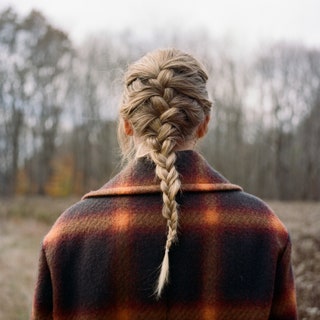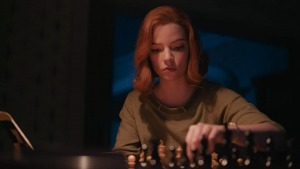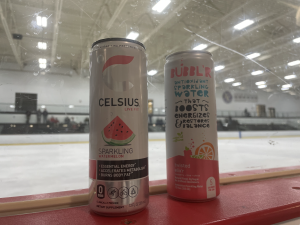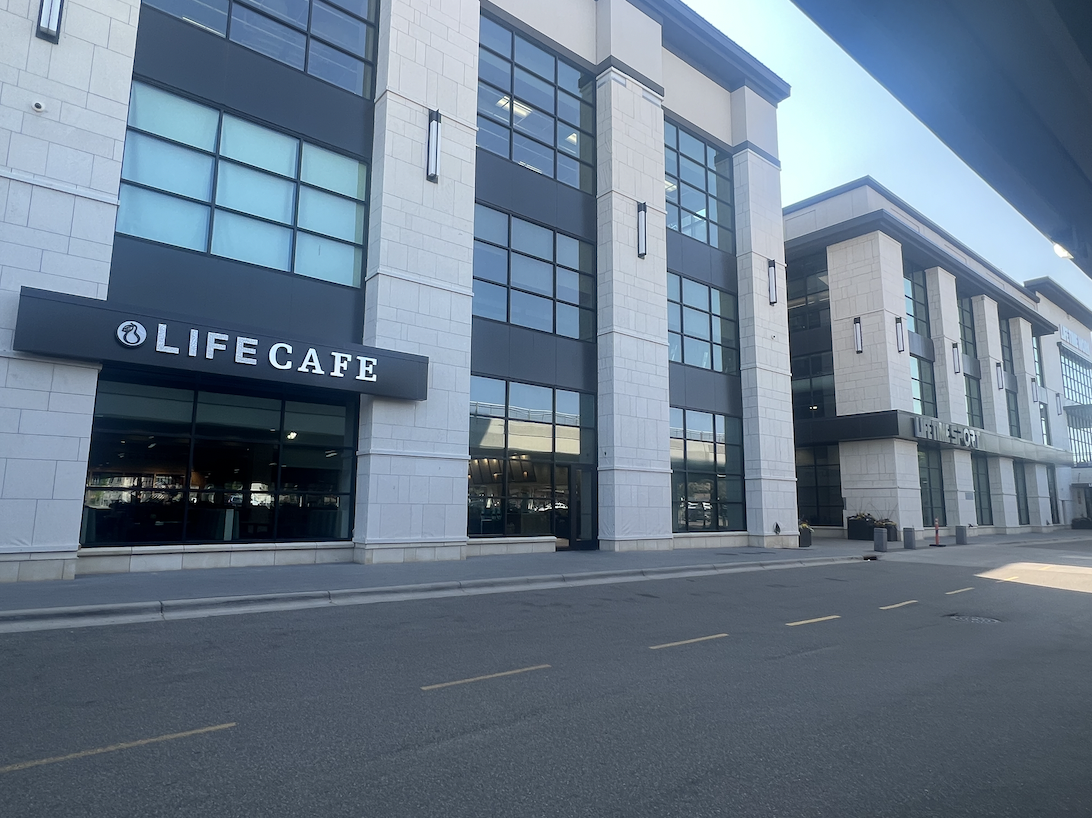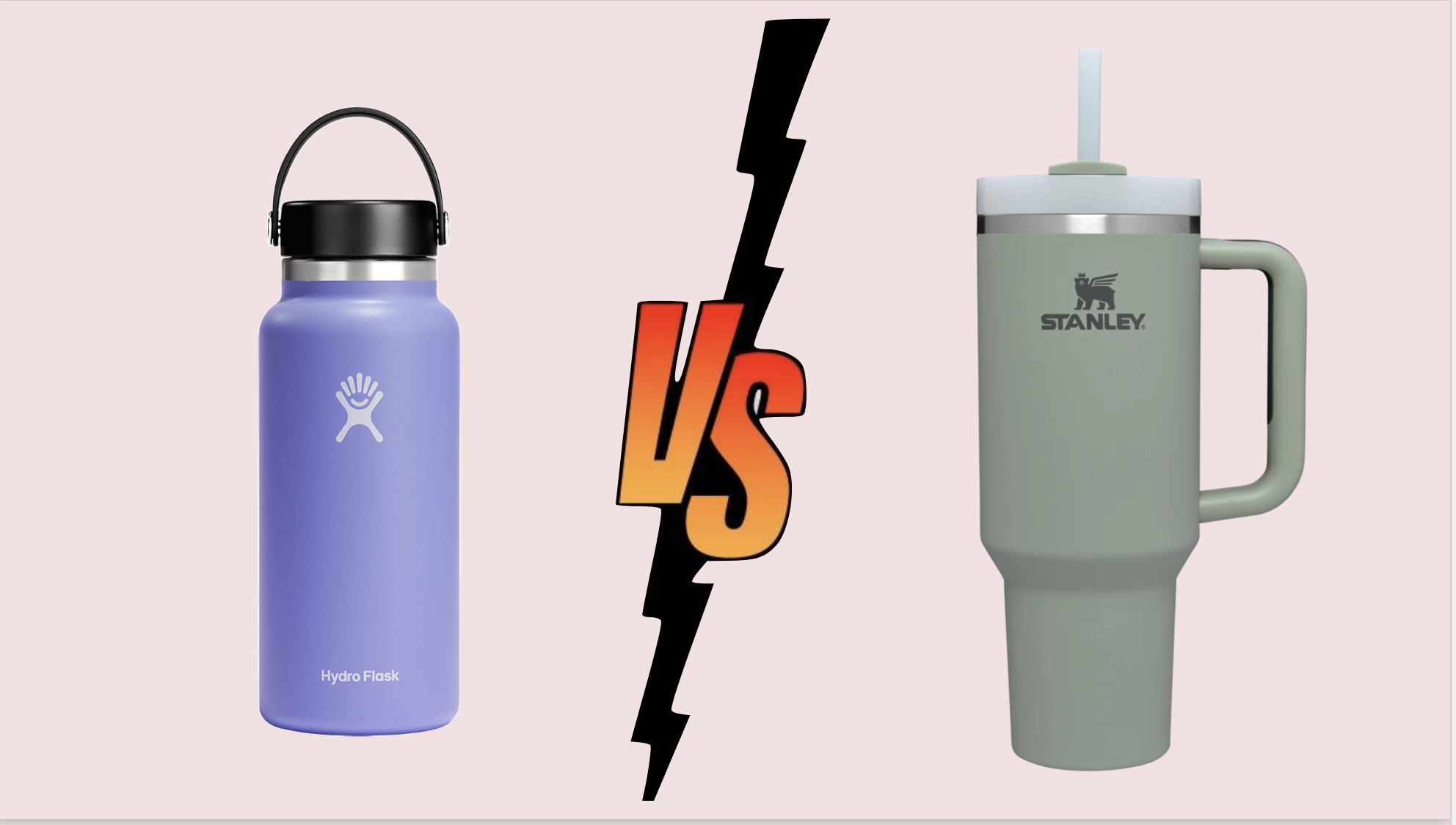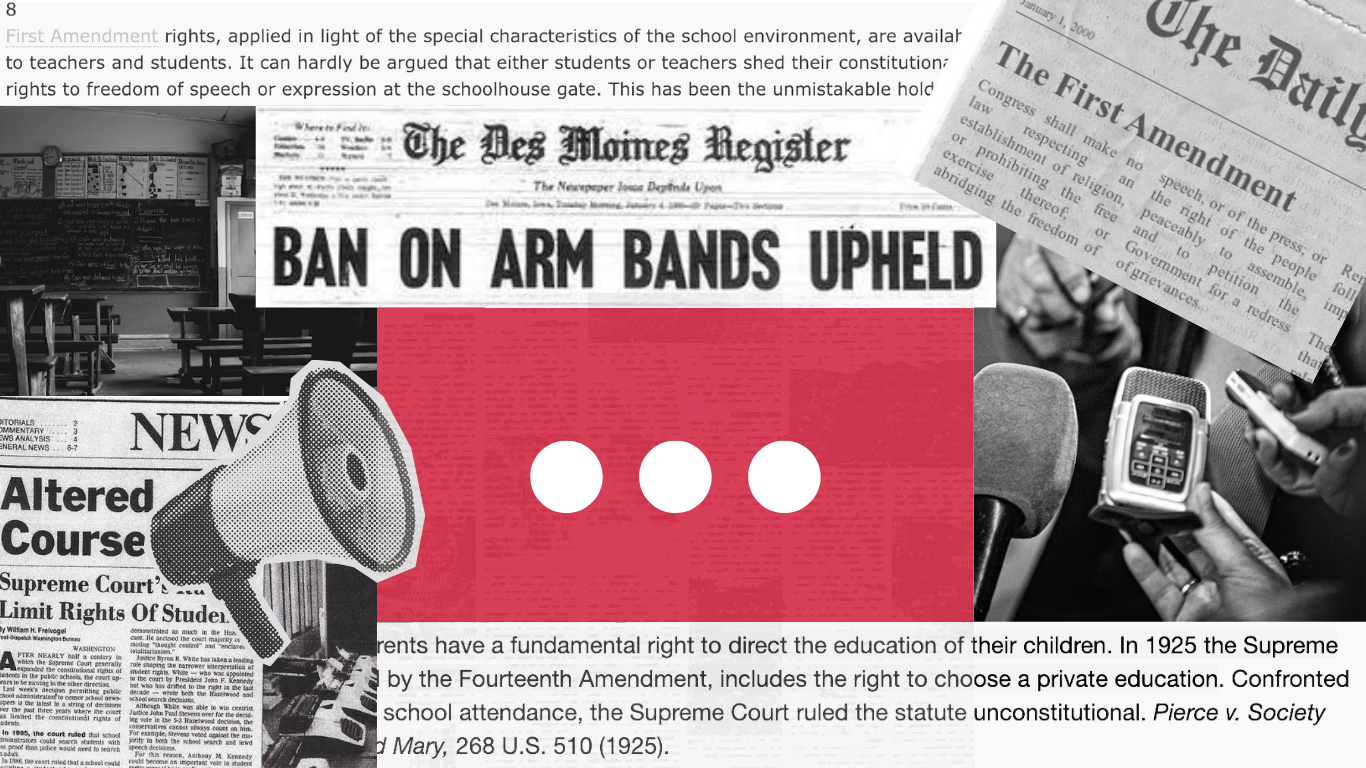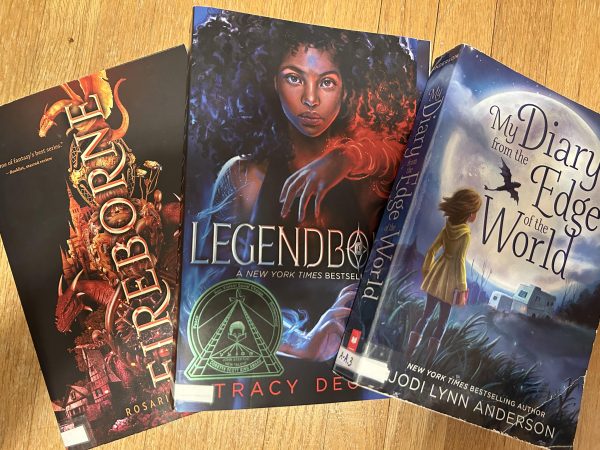“Bridgerton” surpasses expectations
January 12, 2021
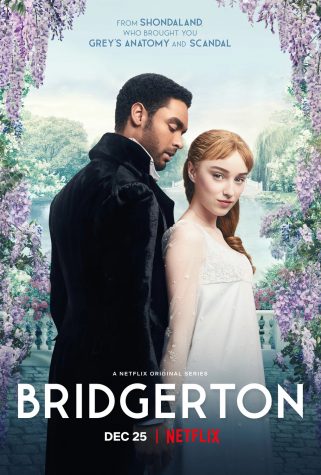
I’m sure I’m not the only one who spent a large portion of 2020 on Netflix trying out any and every show possible. Whether it was Tiger King or The Queen’s Gambit, I’ve watched it. As I found myself bored out of my mind over Winter break, I came across a new Netflix original– Bridgerton. I watched the trailer and wasn’t immediately enticed, but I still gave it a chance, and I’m certainly glad I did.
Set in early 19th century England, “Bridgerton” depicts the uncompromising English society during the midst of their annual courting season. This year’s marriage prospects consist of a large and competitive crowd. Right from the start, a beautiful girl named Daphne emerges into the group of prospects, quickly catching the eye of Queen Charlotte. This immediate attention from the Queen makes Daphne “the pick of the season.”
Daphne and another suitor, the Duke of Hastings–later known as Simon–quickly cross each other’s paths and make a plan to put on a fake courtship because the Duke doesn’t seek to marry and Daphne wishes to attract and raise jealousy within the other suitors.
Daphne and the Duke’s plan does seem to work from an outsider’s perspective, but for the two of them, they’ve spent so much time together and can’t help but have feelings for each other. Their relationship switches from stage to stage in the blink of an eye, which–as a viewer–can become a little hard to follow.
Despite the weight of the show being placed in Daphne and the Duke’s shoes, their families also play a big role in shaping the plot of the show. Daphne has an eclectic collection of siblings who are notorious for masking their true colors to the public eye. In terms of The Duke of Hastings, he comes from a neglectful childhood, which has deeply scarred him and made him very apprehensive about married life. His mother died at childbirth and his father was more interested in continuing the hierarchy then raising a well-rounded son. As a result, Simon was raised by Lady Danburry, a woman of color who was responsible for teaching Simon meaningful values and how to survive in the competitive lifestyle he was brought into.
There is competition across town from various figures–such as the Featherington family, Cressida, and the Prince of Prussia–who all seek to intervene in Daphne’s life or ruin it in some way, but there is one true mastermind behind all of the action: Lady Whistledown. Lady Whistledown somehow always manages to catch the insiders of every ball, every party, every person’s secrets, without actually revealing her identity until the end of the show.
“Bridgerton” is filled with beautiful scenery, but at its core, “Bridgerton” is about breaking down the barriers between hierarchical racism. One would most likely assume British hierarchy in the 19th century to be solely made up of white men with very close-minded perspectives, but Bridgerton makes it a point to break those societal norms and encourage not only racial acceptance, but interracial marriage too. The diversity amongst the cast helps to relay this message to the audience while defying the odds of 18th century England and racial discrepancy still faced today.












































